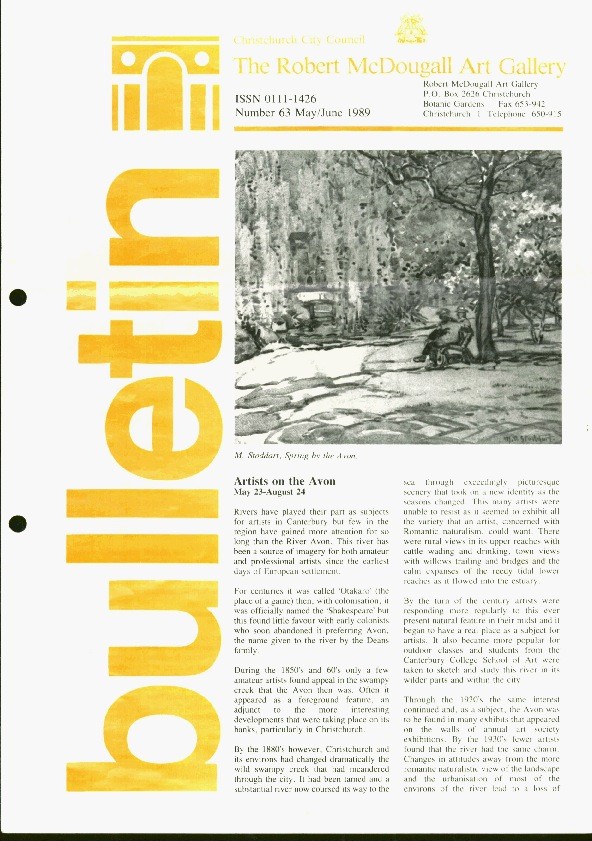This exhibition is now closed
Just as the Pre-Raphaelite painters commenced their challenge to the grandiose atmospheric depictions of high 'Academic Art' so, at the same time, began the 'photographic arts'. Michael Bartram in the catalogue essay to this exhibition expounds the close links he sees between Pre-Raphaelite painters like Rossetti, Madox Brown and Mills and mid-Victorian photographers like Oscar Rejlander, Lewis Carroll or Julia Cameron.
Some painters, like Rossetti for instance, were also photographers and many of the painters and the photographers were personally linked within the social network and by a kinship of shared ideas. In the heady years of the 1850s and 60s both the Pre-Raphaelite painters and the 'wet-plate' or collodion photographers moved towards a significant broadening of the traditional subject matter for art. The Pre-Raphaelites did so as a way to state their independence from what they considered moribund academic traditions; the photographers because now they could capture non-static subjects and create images, albeit still in black and white, of amazingly clarity and detail.
Thus it is perhaps not too surprising that both movements converged on a remarkably similar range of themes. It is these connections that concern this exhibition of 76 early English photographs. They were selected by the British Council with the assistance of the Royal Photographic Society, the Victoria and Albert Museum, and the National Portrait Gallery and are toured in New Zealand by the N.Z.A.G.D.C.
Following the official opening of this exhibition on July 20, 7.30 p.m., Bill Main, Director of the Exposures Gallery, Wellington, will speak on 'Photography in New Zealand 1850-1880'.
('Pre-Raphaelite Photography', Bulletin, No.64, July/August 1989, p.2)
-
Date:
21 July – 13 August 1989 -
Location:
Robert McDougall Art Gallery - main gallery -
Exhibition number:
439
